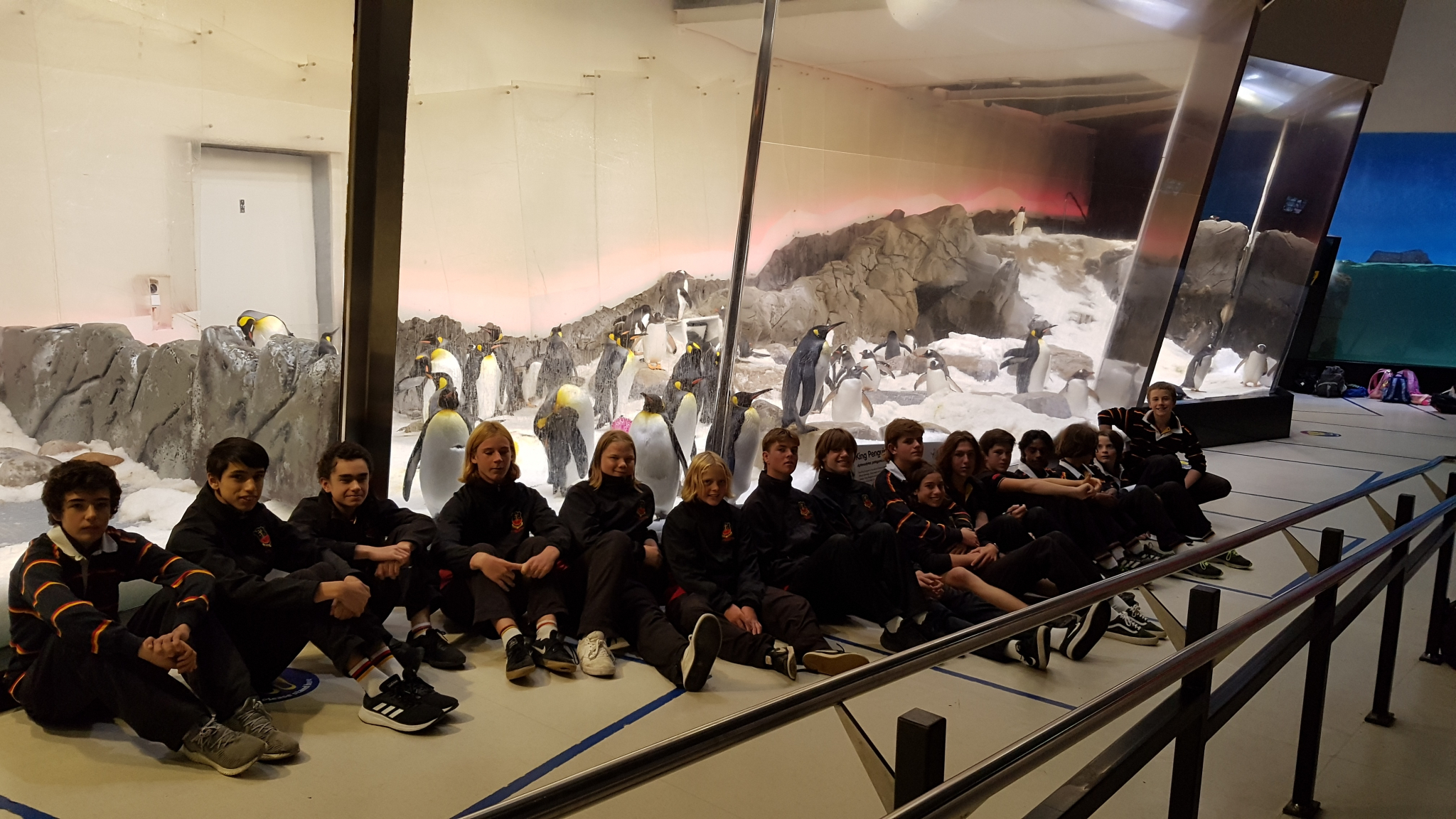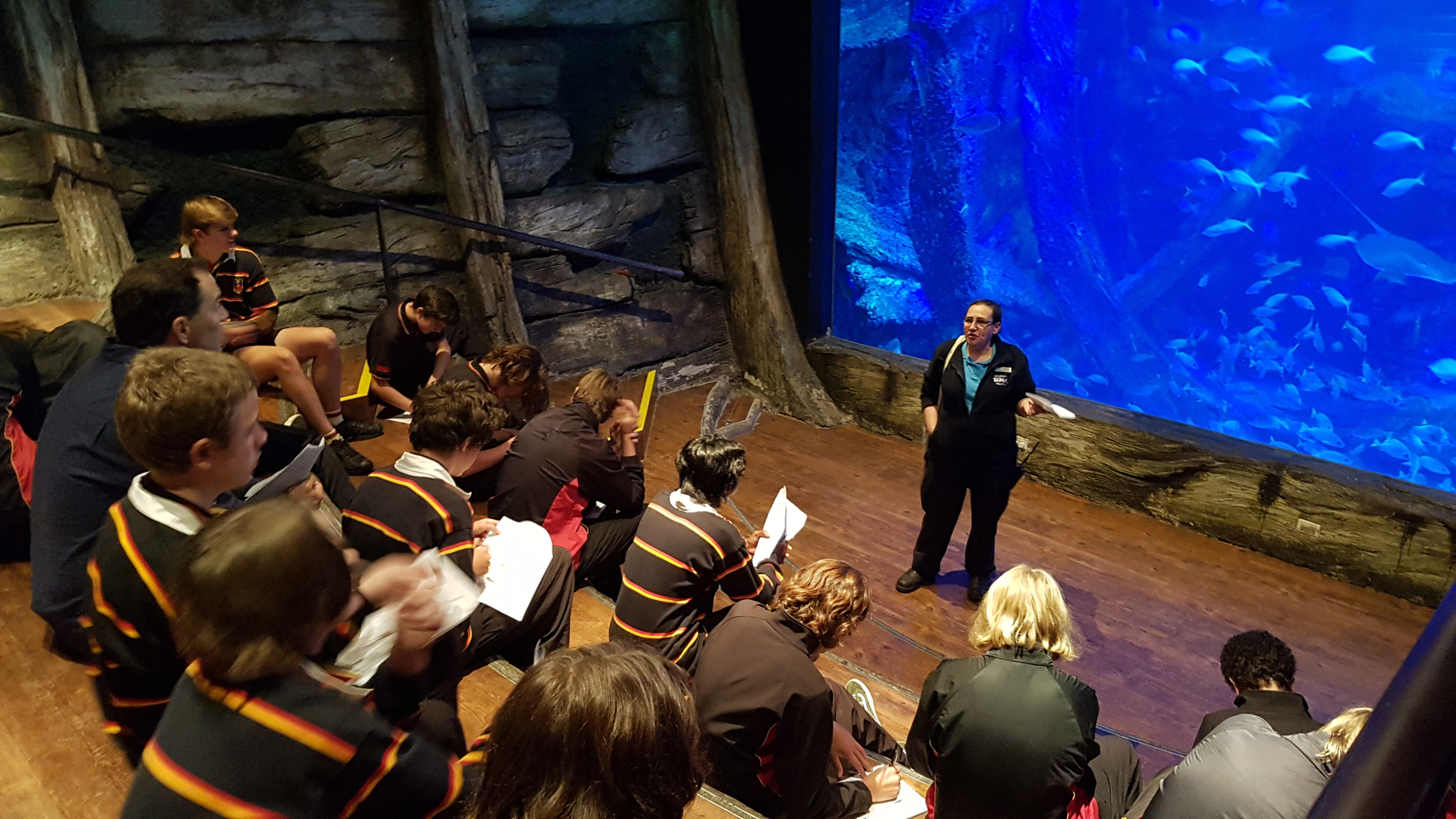Our Current Families
-
Information for students & families
- 2024 Booklist Information
- Information for Students & Families
- Uniform
- Online Shop
- Fees
- Student Travel - Bus, Bike & Car
- Student, Parent Portals & College App
- College Map
- COVID-19 Resources
- Our Policies, Codes & Principles
- Our Annual Report & Strategic Plan
- EREA Apology to Victims and Survivors of Sexual Abuse
- National Redress Scheme
- Our News and Events
- Our Wellbeing
- Our Learning
- Our Identity
- Your SJC Community
- The SJC Story
Future Families
Our Community

Our Current Families
-
Information for students & families
- 2024 Booklist Information
- Information for Students & Families
- Uniform
- Online Shop
- Fees
- Student Travel - Bus, Bike & Car
- Student, Parent Portals & College App
- College Map
- COVID-19 Resources
- Our Policies, Codes & Principles
- Our Annual Report & Strategic Plan
- EREA Apology to Victims and Survivors of Sexual Abuse
- National Redress Scheme
- Our News and Events
- Our Wellbeing
- Our Learning
- Our Identity
- Your SJC Community
- The SJC Story
Future Families
Our Community

On Wednesday 5 May, the Year 9s in the Science of the Sea class attended the Melbourne Aquarium.
We were taken around the property by Olivia, who showed us penguins first, telling us about their adaptations and advantages that they have to survive in the harsh climates of the artic. This included having blood vessels running directly from their heart to their feet to allow rapid and increased blood flow to their feet, so that they don’t freeze from standing on the cold ice.
Next, we visited the large circular tank which had bright and vibrant species all throughout the tank. Coral and fish littered the tank, with highlights including a giant eel, royal blue tang (or dory to most people) among other species. Our guide explained the types of considerations for the aquarium when deciding which specimens to include in each exhibit – these included predator / prey relationships, migration habits, and the size of particular species. We learnt that sea dragons like to do a particular mating dance where they come from the bottom of the ocean up to the surface prior to mating, and that other aquariums had not been able to breed seahorses because their tanks had not been deep enough to allow the seahorses to perform the full dance. This was an excellent example of how aquariums are able to study particular species in order to learn more about their behaviours and survival mechanisms. We also learnt that emperor penguins migrate and often walk more than 100km when doing so. As such they are not suited to a small exhibit due to their need to migrate.
For each exhibit the aquarium also considers the abiotic factors like temperature, water, air, sand, rocks and light levels in trying to mimic the ecosystem that species would normally exist in. Sometimes they change the temperature of the water in order to trick certain species into thinking it is migrating into different waters.
Other exhibits we visited included sharks, stingray, sea jellies, and the saltwater crocodile. At each exhibit we discussed and learnt about how the different species adapt to assist their survival. These adaptations can be behavioural, structural physiological. For example, the salt water crocodile has a behavioural adaptation to open its mouth to cool down, while a physiological adaptation of the same species is the extremely strong stomach acid they have, which is needed so that the crocodile can digest things such as bones.
Overall it was an enjoyable day and a great opportunity to see a range of different marine species and learn about them.





